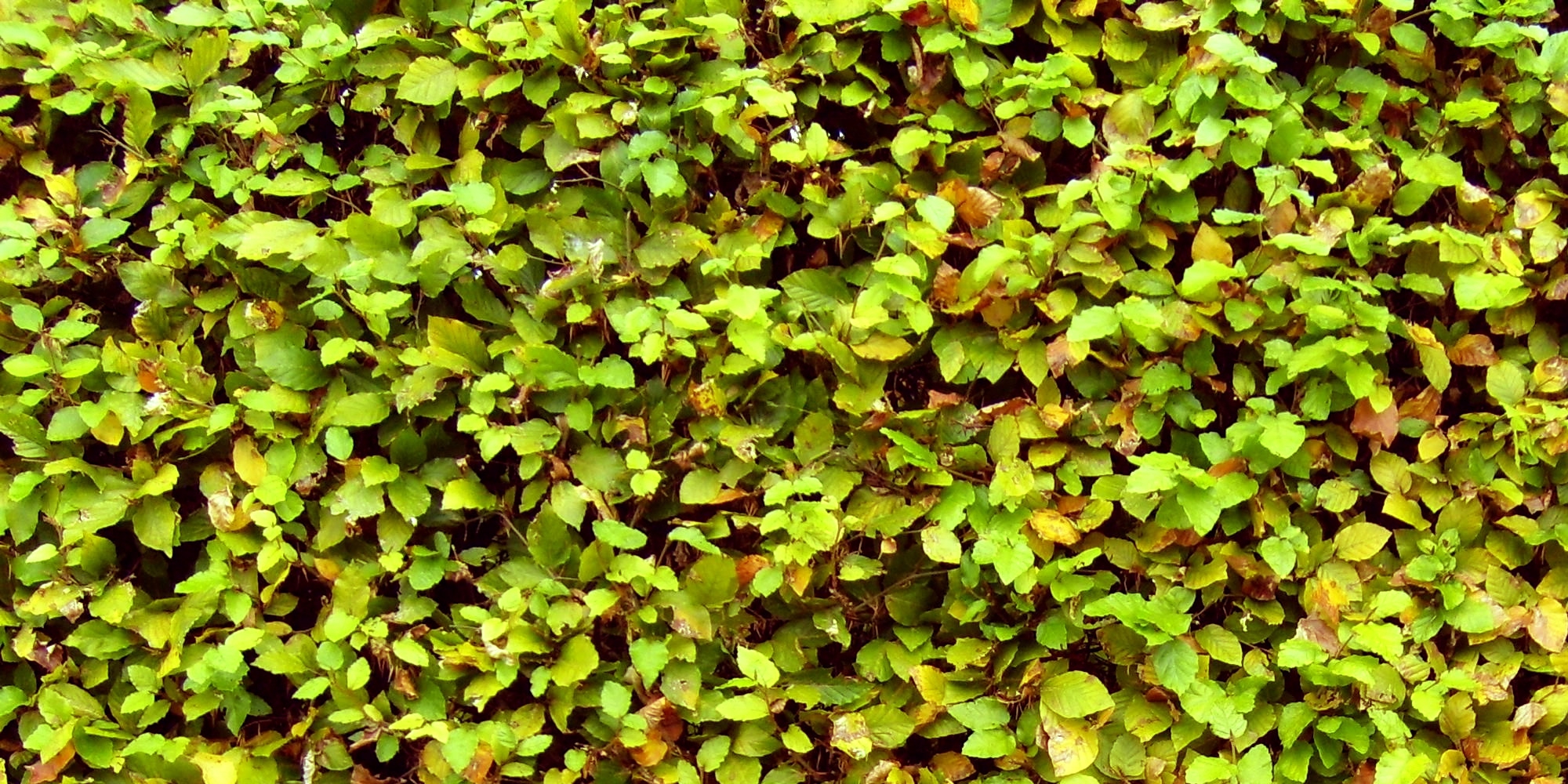There's all kinds of conflicting opinions on when to prune a cedar hedge. So what's our take on it?
Let's start by thinking of the growth patterns of a plant. Plants always grow from the tips of the branches or the terminal buds. Sun loving plants grow only where there's sun. In the spring the first flush appears. This new flush of growth is soft and fleshy and "hardens off" during the summer. A second flush will sometimes appear in the summer and harden off by the fall. These hardened off buds are what the plant uses to grow the following year. Plants always try to prepare their growth nodes or buds before the winter so they're ready for the spring.
If we use these items as starting points, let's think about pruning hedges. If you cut your hedge in the spring, you remove all the terminal buds. That's not always a bad thing since removing terminal buds cause plants to bush out. However, the plant needs to generate new buds and growth nodes early in the season and this takes time. Effectively, you've slowed down your cedar hedge very early in the season. Not really ideal.
So how about pruning in the fall? Again not always a great idea. The cedar has all these nicely prepared buds waiting for the spring and then we come along and lop them all off. Imagine the instinct of the cedar - "Holy moly! I have no buds left for the spring. I better make some and fast!" So the cedar starts a late flush to recover those lost buds. The first hard frost comes and there wasn't enough time for the cedar to harden off those nice new buds. Whammo - brown tips in the spring. An entire collection of small frozen off buds. To top it all off, it needs to generate new buds in the spring. That would be one unhappy cedar.
So if we shouldn't prune cedars in the spring or the fall, what's next? Easy - the summer. Around the end of July and the beginning of August, that first springtime flush of growth has slowed down and hardened off. A nice pruning at this time of year stimulates the same "Holy moly! I need to create buds" instinct, but at least those newly formed buds have enough time to grow and harden off for the winter. Not only that, but you end up with twice the growth - one natural flush in the spring and a second nice flush in the fall for a super-fat hedge.
Let's take the light consideration into account when pruning. Always prune hedges so the top is narrower than the bottom, not straight and box-like. This allows light to reach all parts of the plant and keeps your hedge green from top to bottom. Unfortunately, if a cedar has already dropped it's green at the base, you won't be able to get it back again so you need to stay on top of it.
How much do you need to take off a cedar? Very little. If you want your hedge to grow, a very short 1/2" trimming is all you need. Removing those small tips stimulates the plant to bush out more. You're mainly removing the most powerful bud on the branch so others can get a fighting chance to catch up. If you want to cut it back harder, by all means you can, but remember the browning out rule - if you removal all the green, it will not come back.
And if your hedge is way too high and you need to lop off 3' or so? Well, that's pretty drastic but it can be done. The time of year isn't all that important when taking off major parts like that, but make sure the light sheering for shape is at the right time.
Oh, and one last piece of advice - make sure you use good and sharp tools. It's like surgery for your plants so a rusty cutter makes a poor job. It's also a good idea to use a little bleach on your tools before and after a pruning job just to be sure no diseases or fungus gets spread around from your tools.

